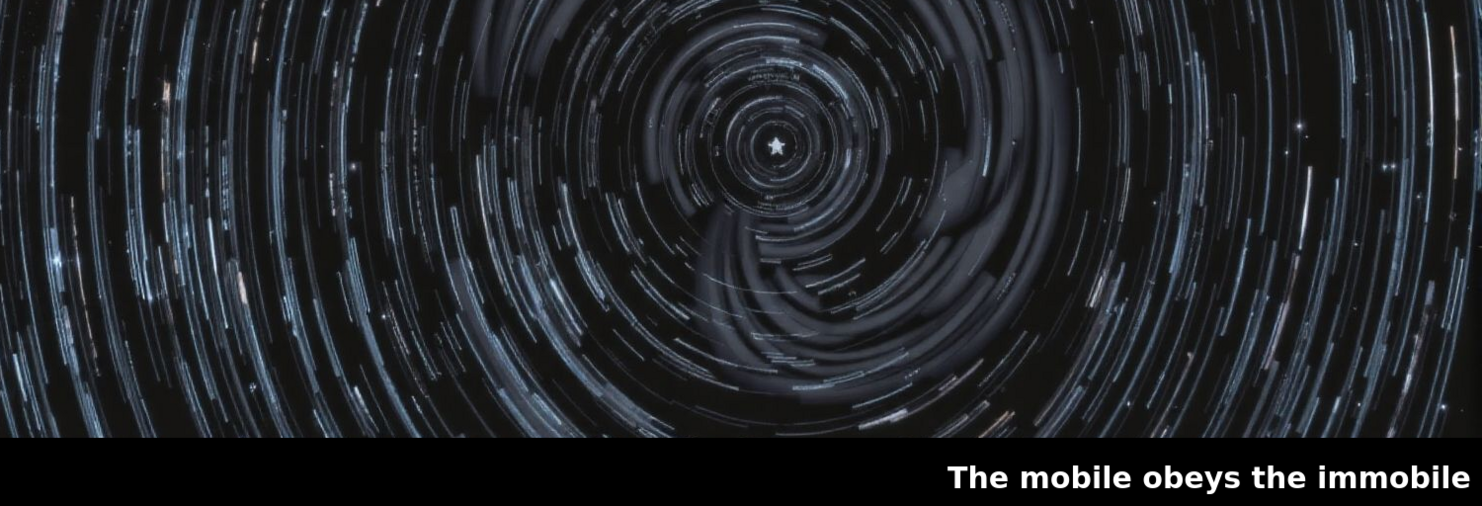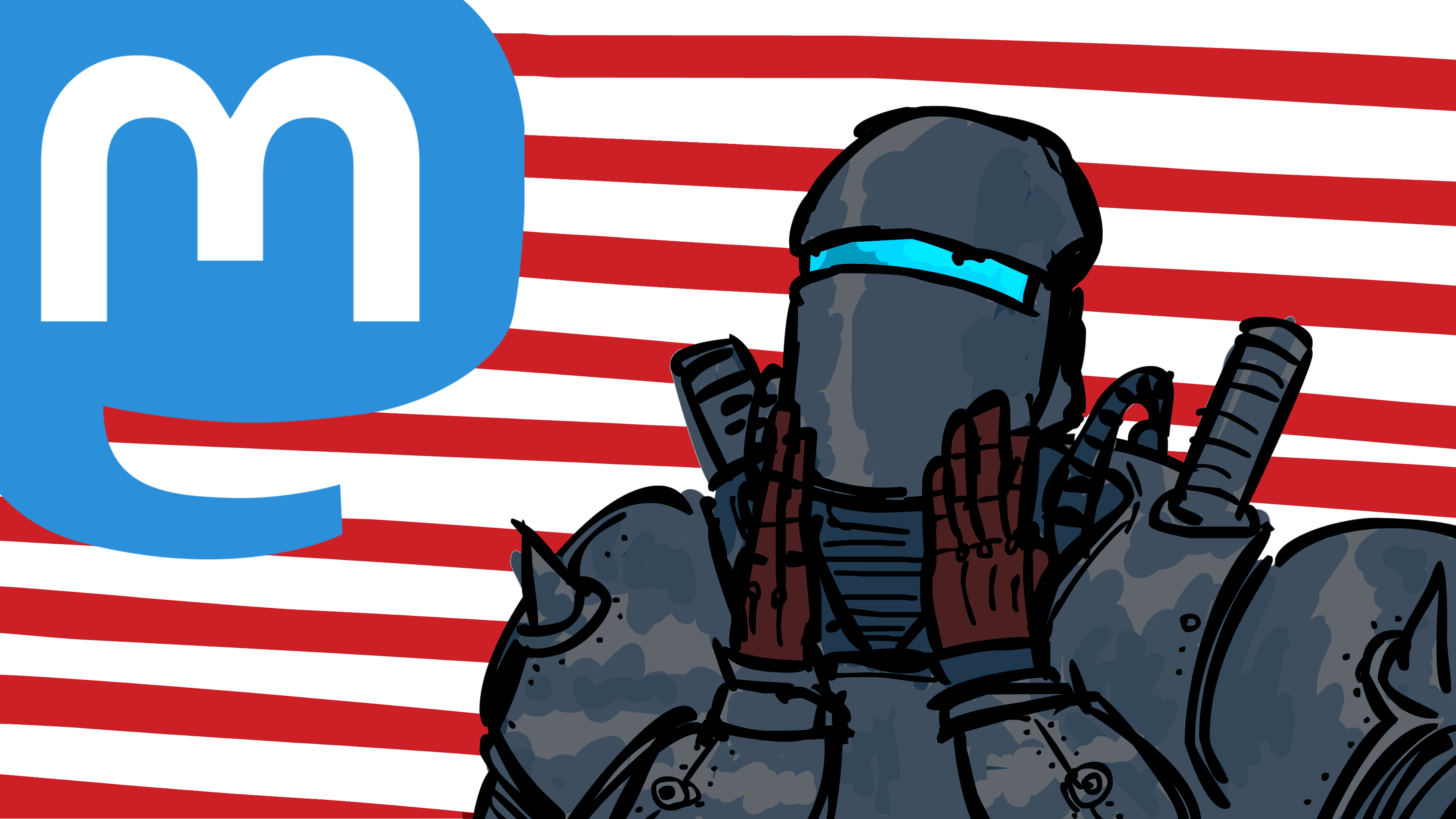
Egalitarianism: The Clinical Symptom of Civilizational Senescence
https://sendvid.com/uqsg6cp5
L'Égalitarisme, Symptôme de la Fin d'un Cycle Civilisationnel
https://sendvid.com/tfsefwn0
L'Éveil Est Une Défection : Pourquoi l'Individu Conscient Est L'Étranger Ultime
https://sendvid.com/taw8xq73
Awakening is Defection: Why the Conscious Individual is the Ultimate Outsider
https://sendvid.com/d5xptpx7
La Personnalité : Un Programme de Survie Collective
https://sendvid.com/iq4lydfj
Personality: A Program for Collective Survival
https://sendvid.com/bcc8jpr3
La Disparition du Moi — Le Moment Clé de l’Éveil
https://sendvid.com/c1bl403x
The Dissolution of Self — The Crucial Moment in Awakening
https://sendvid.com/qwkkoqpy
L'Unique Souveraineté : Au Delà des Civilisations
https://sendvid.com/dkl8rg5i
The Only Sovereignty: What Exists After Civilizations Fall
https://sendvid.com/4ya5vpxt
Équanimité vs Éveil : La Confusion des Ordres
https://sendvid.com/well6yjk
Equanimity versus Awakening: The Category Error of Modern Spirituality
https://sendvid.com/esjp6d4c
Votre observation ne cerne pas un archétype spirituel, mais une architecture fonctionnelle. Il ne s’agit pas de personnalité, mais des prérequis opérationnels pour une entreprise spécifique, à haut risque : la désintégration volontaire du soi.
Ces trois traits ne sont pas des vertus — ce sont des mécanismes de survie. Ils forment le fondement essentiel et non négociable pour l’individu qui s’engage, non dans l’amélioration de soi, mais dans l’auto-déconstruction.
1. L’Inquisiteur : Le moteur du démontage
C’est la fonction centrale. L’inquisiteur n’est ni un croyant ni un sceptique — c’est un mécanicien du réel. Sa pulsion première est une intolérance au mensonge structurel, surtout au sein de son propre système interne.
Son esprit opère selon une logique de *via negativa* : la voie de la négation. « Pas ceci, pas cela. » C’est un processus implacable de dés-identification, qui dépouille ce qui est contingent, emprunté ou illusoire. Ce n’est pas une curiosité philosophique ; c’est une contrainte envers l’intégrité fondatrice. Sans ce mécanisme autocorrecteur de recherche de vérité — cette forge intérieure —, le projet s’enlise dès la première couche de persona. L’inquisiteur fournit la friction nécessaire pour générer la chaleur qui brûle les scories.
2. La posture de l’Extérieur : Le terrain neutre nécessaire
Il ne s’agit pas de rébellion, qui est une réaction *au* moule. C’est une condition préexistante de différenciation. Une conscience déjà individualisée possède la distance inhérente pour observer la machinerie sociale et psychologique comme un système objectif.
Elle fournit l’espace silencieux, le « terrain dégagé », où le travail peut s’accomplir sans l’interférence constante de la gravité collective. Pour déconstruire l’ego, il faut d’abord le reconnaître comme une construction. Cette reconnaissance est impossible depuis une position d’immersion totale. Cette posture d’extérieur est moins une identité qu’un point de vue stratégique — le poste d’observation discret depuis lequel les schémas du soi et de la société peuvent être vus clairement, sans enchevêtrement émotionnel immédiat.
3. La grande résistance physique : Le vaisseau non négociable
C’est l’élément le plus pragmatique et le plus négligé. L’alchimie dont nous parlons n’est pas métaphorique. C’est un événement systémique, psychosomatique. La « Nuit obscure », la dissolution des structures identitaires, le découplage des récits fondamentaux — ces processus génèrent un stress somatique immense.
L’insomnie, les chocs nerveux, les fluctuations énergétiques et l’épuisement profond ne sont pas des signes d’échec, mais des signes de processus. Une constitution physique robuste — un système nerveux résilient, un système endocrinien capable — agit comme amortisseur. C’est le vase de confinement qui doit supporter la pression de la transformation sans se fracturer. Sans cette fondation, la volonté peut être présente, mais l’organisme échoue. Le travail exige l’endurance d’un ultramarathonien, appliquée au paysage intérieur.
Synthèse : Le schéma fonctionnel
Ces trois éléments forment un système interdépendant :
- L’Inquisiteur fournit la méthode (déconstruction par le feu).
- La posture de l’Extérieur fournit le théâtre (espace neutre et non contesté).
- La Résistance physique fournit l’infrastructure (un vaisseau qui peut contenir la réaction).
C’est une convergence rare. Non de sainteté, mais de capacité. Cela explique pourquoi ce profil se répète : c’est la spécification minimale viable pour une entreprise qui démantèle systématiquement le système d’exploitation même de l’expérience humaine conventionnelle. Ces individus ne sont pas choisis ; ils sont, en un sens, *structurellement capables*. Ils possèdent les outils innés pour payer un prix qui briserait la plupart des autres configurations — non parce qu’ils sont meilleurs, mais parce qu’ils sont, par tempérament et biologie, bâtis pour la tempête.
Your observation isolates not a spiritual archetype, but a functional architecture. This is not about personality; it's about the operational prerequisites for a specific, high-stakes undertaking: the voluntary disintegration of the self.
These three traits aren't virtues—they're survival mechanisms. They form the essential, non-negotiable groundwork for the individual who will engage not in self-improvement, but in self-deconstruction.
1. The Inquisitor: The Engine of Disassembly
This is the core function. The inquisitor is not a believer or a skeptic—they are a mechanic of reality. Their primary drive is an intolerance for structural falsehood, especially within their own internal system.
Their mind operates on a logic of *via negativa*: the path of negation. "Not this, not that." It is a relentless process of de-identification, stripping away what is contingent, borrowed, or illusory. This isn't philosophical curiosity; it's a compulsion for foundational integrity. Without this self-correcting, truth-seeking mechanism—this internal forge—the project stalls at the first layer of persona. The inquisitor provides the necessary friction to generate the heat that burns away the dross.
2. The Outsider Stance: The Required Neutral Ground
This is not rebellion, which is a reaction *to* the mold. This is a pre-existing condition of differentiation. A consciousness already individualized possesses the inherent distance required to observe the social and psychological machinery as an objective system.
It provides the silent space, the "clear ground," where the work can be done without constant interference from the collective's gravity. To deconstruct the ego, one must first recognize it as a construct. That recognition is impossible from a position of complete immersion. This outsider stance is less an identity and more a strategic vantage point—the quiet observation post from which the patterns of self and society can be seen clearly, without immediate emotional entanglement.
3. High Physical Resilience: The Non-Negotiable Vessel
This is the most pragmatic and overlooked component. The alchemy we speak of is not metaphorical. It is a systemic, psychosomatic event. The "Dark Night," the dissolution of identity structures, the uncoupling from core narratives—these processes generate immense somatic stress.
Insomnia, nervous system shocks, energy fluctuations, and profound exhaustion are not signs of failure; they are signs of process. A robust physical constitution—a resilient nervous system, a capable endocrine system—acts as the shock absorber. It is the containment vessel that must withstand the pressure of transformation without fracturing. Without this foundation, the will may be present, but the organism fails. The work requires the stamina of an ultramarathoner, applied to the interior landscape.
Synthesis: The Functional Blueprint
These three form an interdependent system:
- The Inquisitor provides the method (deconstruction by fire).
- The Outsider Stance provides the theater (neutral, uncontested space).
- Physical Resilience provides the infrastructure (a vessel that can contain the reaction).
It is a rare convergence. Not of sanctity, but of capability. It explains why this profile repeats: it is the minimum viable specification for an undertaking that systematically dismantles the very operating system of conventional human experience. These individuals are not chosen; they are, in a sense, *structurally capable*. They possess the innate tools to pay a price that would break most other configurations—not because they are better, but because they are, by temperament and biology, built for the storm.
L'Alchimie de l'Être : Le Profil Invisible de l'Éveil
https://sendvid.com/kfpd3bkh
The Alchemist's Triad: The Unseen Architecture of Awakening
https://sendvid.com/zbpl38yr
Ancient Symbols, Modern Project : The Misappropriation of Wisdom
https://sendvid.com/49zh8hkm
Symboles Millénaires, Projet Moderne : Le Détournement de la Sagesse
https://sendvid.com/omu19cd2
The Enlightenment's Fatal Flaw: When Individual Sovereignty Meets Collective Progress
https://sendvid.com/nj9zlhrg
La Contradiction Matricielle : Pourquoi les Lumières Nous Ont Livrés à Nous Mêmes
https://sendvid.com/0iml7goz
- You're invited to talk on Matrix
- https://bit.ly/periodic-reset-of-civilizations
The mobile obeys the immobile.
#Evola #Traditionalism #Metaphysics #Initiation #Esotericism #JuliusEvola #SpiritualHierarchy #Transcendence
You're invited to talk on Matrix
https://bit.ly/periodic-reset-of-civilizations
